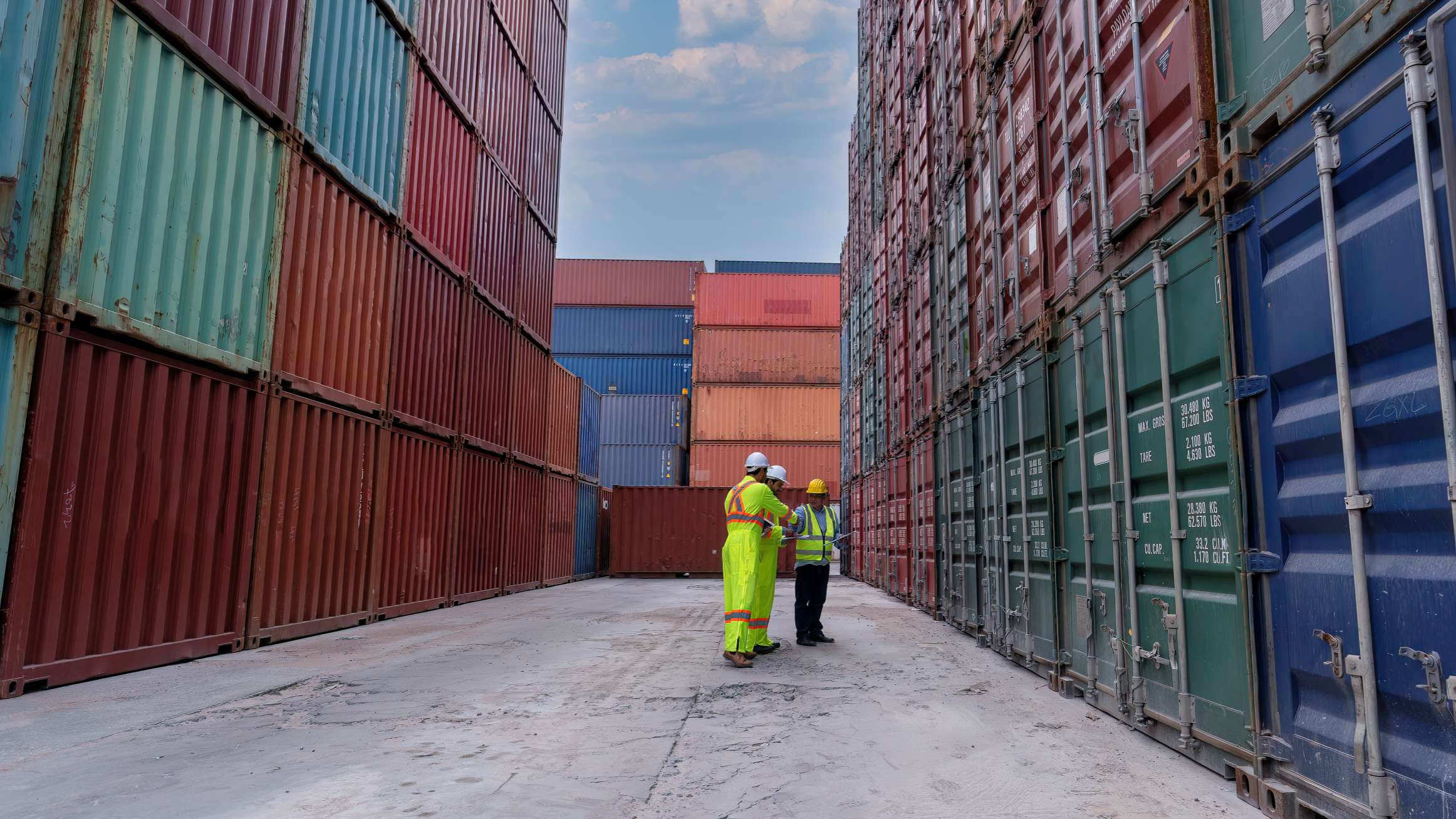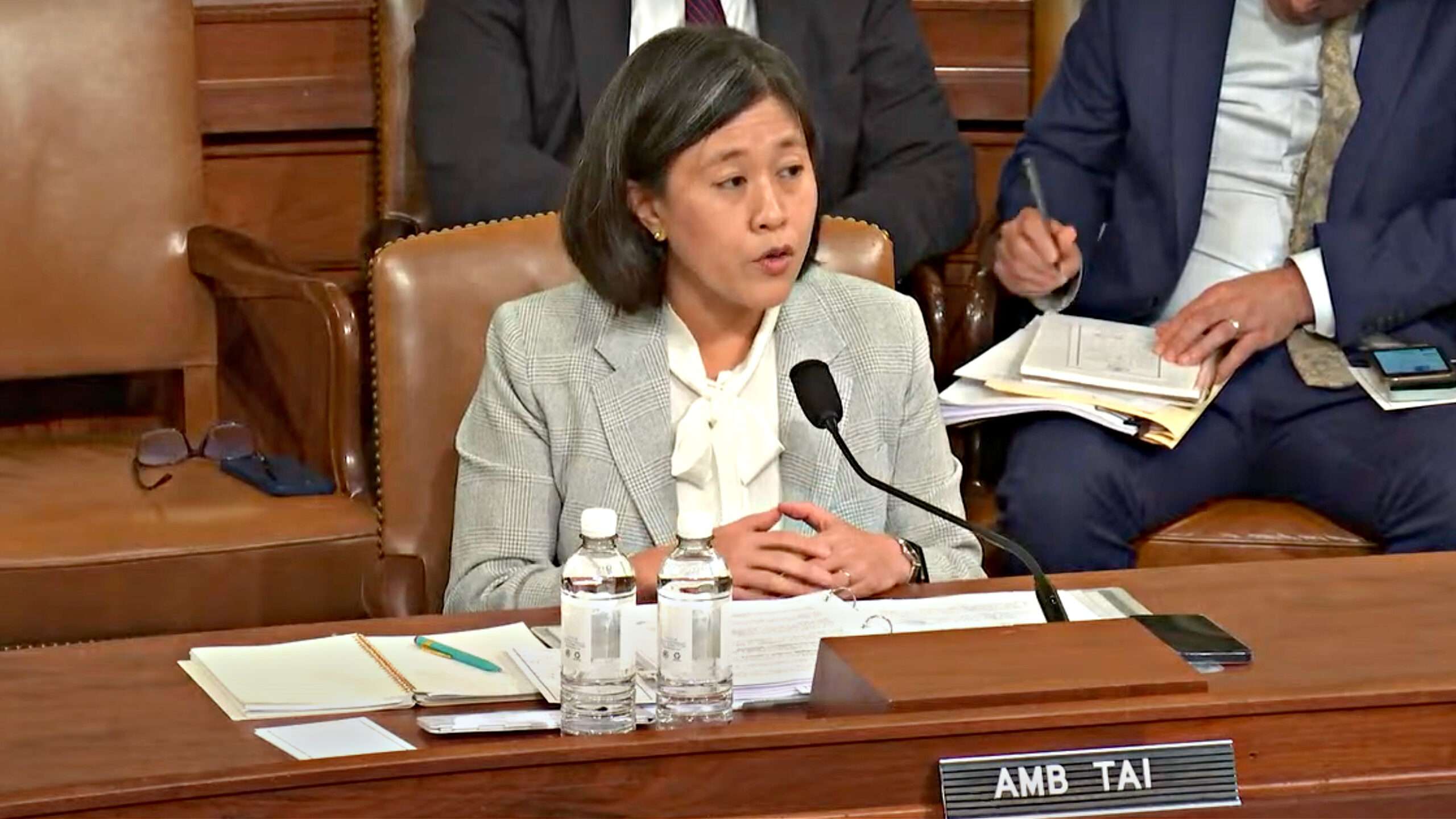
One of the fastest-growing U.S. exports right now is air.
Shipments of empty containers out of the U.S. are surging this year, highlighting the impact the economic slowdown in China is having on U.S. exporters. The U.S. imports more from China than it sends back, but certain American industries—including those that supply scrap metal and wastepaper—feed China’s industrial production.
[ by Erica E. Phillips |October 13, 2015| Wall Street Journal ]
Those exporters have suffered this year as China’s economy has cooled. In September, the Port of Long Beach, Calif., part of the country’s busiest ocean-shipping gateway, handled 197,076 outbound empty boxes. They accounted for nearly a third of all containers that moved through the port last month. September was the eighth straight month in which empty containers leaving Long Beach outnumbered those loaded with exports.
The empties are shipping out at a faster rate at many U.S. ports, particularly those closely tied to trade with China, while shipments of containers loaded with goods are declining as exporters find it tougher to make foreign sales. That’s at least partly because the strong dollar makes American goods more expensive.
Normally, after containers filled with consumer goods are delivered to the U.S. and unloaded, they return to export hubs. There, they typically are stuffed with American agricultural products, certain high-end consumer goods and large volumes of the heavy, bulk refuse that is recycled through China’s factories into products or packaging.
Last month, however, Long Beach and the Port of Oakland both reported double-digit gains in exports of empty containers. So far this year, empties at the two ports are up more than 20% from a year earlier.
Long Beach’s containerized exports were down 8.2% this year through September, while Oakland’s volume of outbound loaded containers fell 12.7% from a year earlier in the January-September period.
“This is a thermometer,” said Jock O’Connell, an international-trade economist at Beacon Economics. “The thing to worry about is if the trade imbalance starts to widen.”
Trade figures released Tuesday in Beijing underscored China’s faltering demand. China’s imports fell 20.4% year-over-year in September following a 13.8% decline in August.
As of June, U.S. exports of scrap materials were down 36% from their peak of $32.6 billion in 2011.
The diminished demand for the industrial material reflects economic weakness that goes beyond China, said Paul Bingham, an economist with the Economic Development Research Group Inc. It also suggests slowing consumer demand in Europe, he said.
The U.S. trade gap has expanded sharply in recent months as exports have slipped, growing 15.6% in August to a seasonally adjusted $48.3 billion, according to the Commerce Department. U.S. exports fell 2% in the month to their lowest level since October 2012.
Outbound empties have mounted this year at other big gateways, too. In August, the Port of Los Angeles, the country’s largest single container port, handled more than 225,000 empty outbound containers, counted in twenty-foot equivalent units, a standard maritime industry measure. That was 21% more than a year earlier. The Port Authority of New York and New Jersey expanded its empty-container exports nearly 31.5% in the first eight months of this year, and empties outnumbered loaded container exports over that time.













